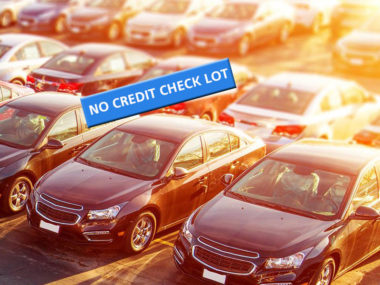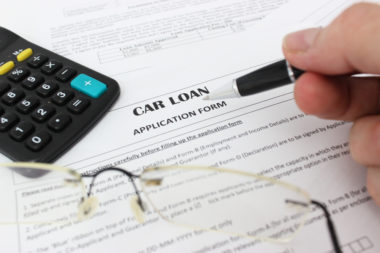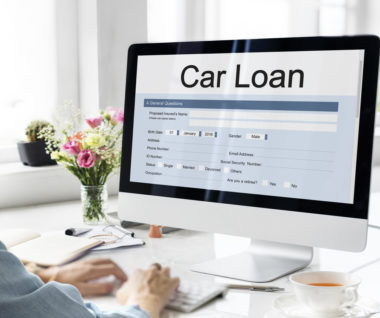Table of Contents
Can You Trade In a Car With a Loan?
Similar to selling a car with a lien on it, you can trade in a car with a loan on it; the process just requires a few more steps than if you had a clear title. It’s very common — dealerships do it every day. Here’s how.
How Dealer Trade-Ins Work on Cars With Loans
First, you need to determine your payoff amount. This is how much you have left on your loan — literally how much it would cost to pay off the loan right now. Call your lender and ask for your payoff amount, and consider asking for the amount in writing, just to be safe.
Next, determine the value of your car. Use resources like local ads, Kelly Blue Book, or Edmunds and look for the car’s trade-in price. The key number is the difference between the two, which we’ll address shortly.
It’s important to know that just because you trade the car in doesn’t mean the loan goes away. Depending on your situation, you have three options:
- Trading in your current car and using any extra money towards a new car;
- Trading in your current car and paying off the difference; or
- Trading in your car and rolling over the loan. Let’s look at what each of these options means.
Trade-Ins When You Owe Less Than the Car is Worth
If your car is worth more than the payoff price, congratulations! You have positive equity, and can put that equity towards your new car. This is the best-case scenario for trading in a car with a loan.
For example, if you owe $3,000 on the car, but the trade-in price is $5,000, you can pay off the loan and put the extra $2,000 toward a new car.
Trade-Ins When Your Car Loan is Upside-Down
If, however, the value is less than the payoff, you have negative equity and are upside down in the loan.
Let’s flip the last example — you owe $5,000, and the trade-in is only $3,000. That is negative equity. As mentioned above, there’s two options for this situation. First, you can pay the difference yourself, fully paying off the loan. You’ll have to come up with the money from somewhere else, but the loan will be paid off.
Without the extra money to pay off the loan, however, you will need to roll the difference into the purchase of your next car.
Rolling Over an Upside-Down Car Loan
With negative equity, you can add what you owe to your new car’s loan. Using the example above, you traded in a $3,000 car with $5,000 still owed. After the trade in, you have a balance of $2,000. If you are trading in for a $20,000 car, the dealership will tack on the $2,000 to make a total of $22,000 owed.
The important part of the transaction is the interest. You will be paying interest on $22,000, not $20,000, meaning you will end up paying more in the long run if you roll over the difference to a new loan. This can lead to being upside down again, starting the cycle over. If at all possible, pay off the loan and do not let it roll over.
It’s not only possible but common for drivers to trade in a car that still has a loan or a lien on it. Just be sure that, if you intend to trade for a new car, have positive equity on the loan, or have the extra money to cover the difference between the trade-in price and the loan payoff amount.
Image Source: https://depositphotos.com/





